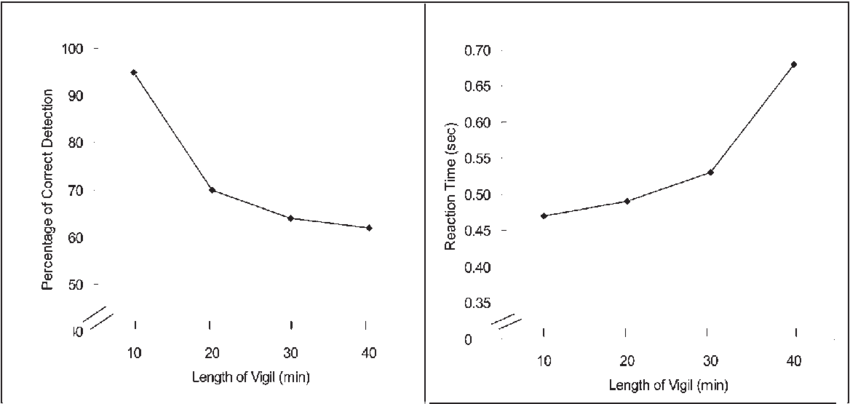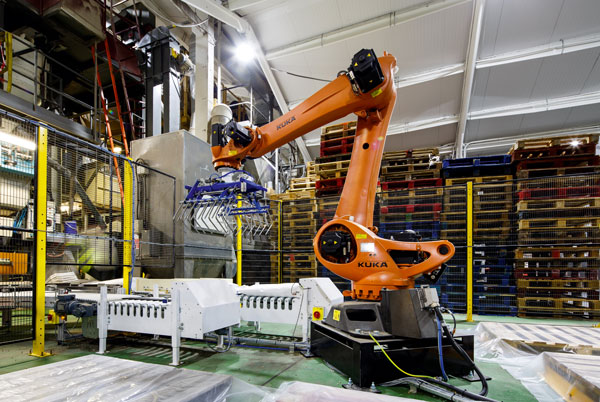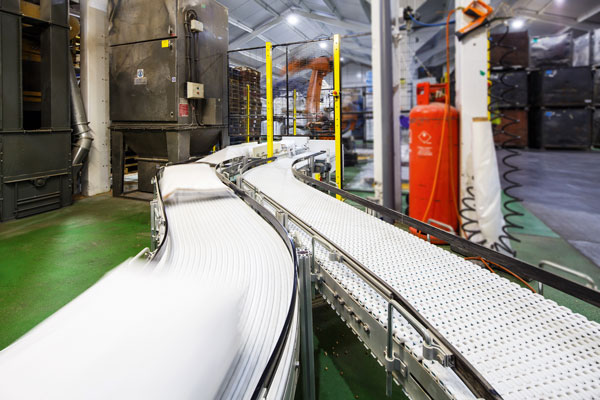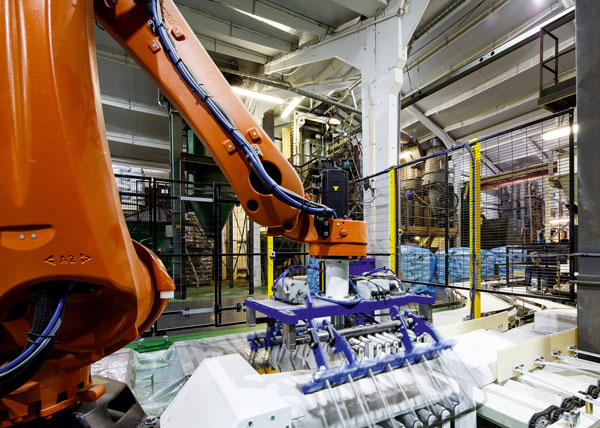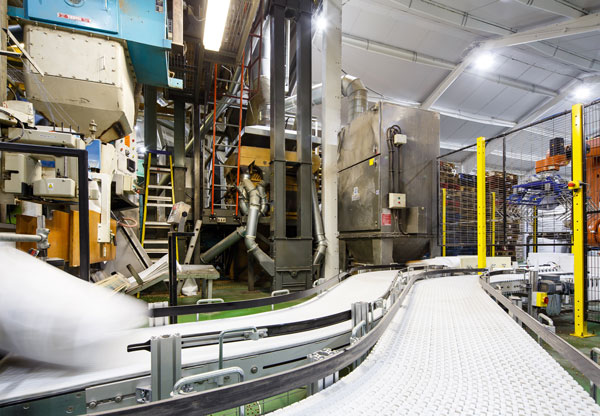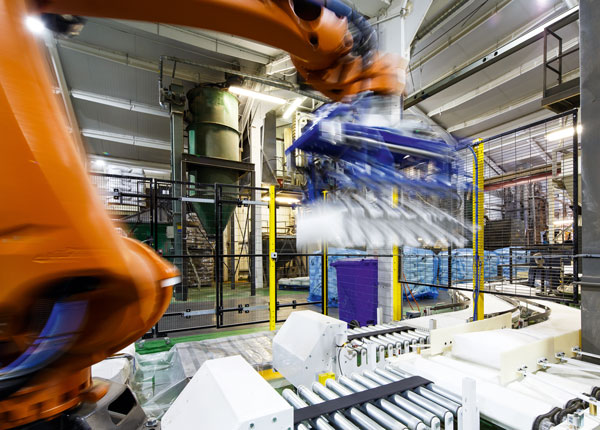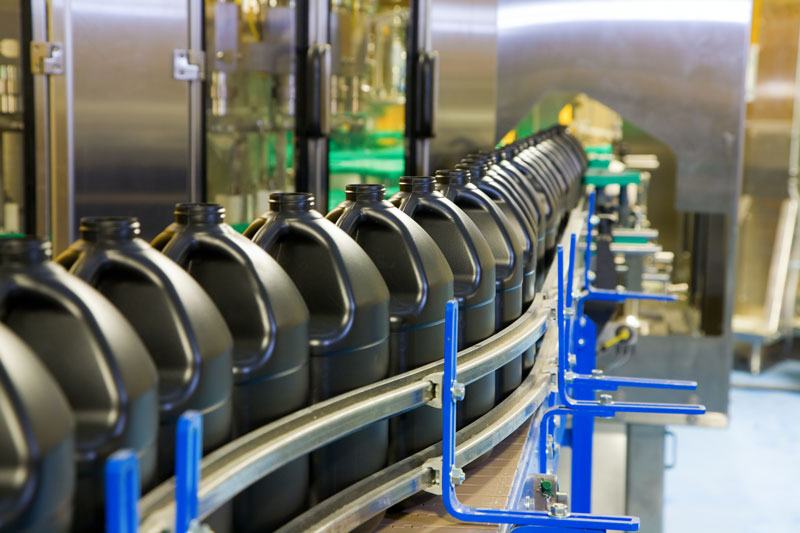 In the world of manufacturing, the thought of changing from one method of working to something new can raise a number of concerns. Businesses become reliant on established procedures, even if they know they could be improved by implementing new ideas. That is certainly the case for many when it comes to the idea of installing automation.
In the world of manufacturing, the thought of changing from one method of working to something new can raise a number of concerns. Businesses become reliant on established procedures, even if they know they could be improved by implementing new ideas. That is certainly the case for many when it comes to the idea of installing automation.
There are a number of misconceptions about automation and the way it will impact manufacturing operations. From loss of jobs to the financial implications, it can make some business owners cautious about investing in automation. However, once installed, they quickly discover that the reality of the technology is vastly different to their original expectations. We cover the main concerns held by business owners below whilst highlighting the positive ways it will add value to your production process.
Expectations: Perceived View of Automation
The idea of using automation can bring with it some negative pre-conceptions about its impact. Some of this can be down to the way it has been perceived outside of specialists industries, with fears that the technology will dramatically change the entire business model: Some of these concerns include:
- Loss of jobs
One of the main worries attached to the installation of automation is that it will lead to mass unemployment as robots take the place of humans. Automation is designed to make processes more efficient, while also improving the customer’s experience in terms of product quality and delivery times. It also means human workers can move away from working on repetitive, laborious jobs that do not make use of their full skill sets, into other job roles within the company. This benefits both the staff and the business as a whole. Other areas of the company that require human input will then be able to use the skills of the workers who are no longer tied to menial tasks. While there may be some initial loss of jobs after the implementation of automation, new jobs and opportunities are created in other departments due to the growth of the business sustained from the use of the technology. - High costs
Whilst it’s true that businesses have to ensure they can afford the initial down payment for an automated system, increasingly there are more flexible payment packages available to help make it less of a financial burden. When looking into investing in automation, the long-term financial savings it will offer the business must always be taken into consideration. Automated technology can work longer and faster than human staff, with no shift times to adhere to. Machines also won’t fall sick, book holidays or take lunch breaks. The throughput within any facility instantly increases, improving efficiency, profit and allowing automation to eventually pay for itself. Using a comprehensive Automation Payback Calculator to accurately calculate the project payback is important as this will give you a true picture of the return on investment and enable you to see if it is a worthwhile investment for your company. Any reputable automation company will also be able to offer you finance on your automation purchase, enabling you to spread the cost out over a longer period of time. - Reduced flexibility
An ongoing issue bring raised within the manufacturing sector is the lack of available staff with specialised skills. When automation is installed into a new facility, there will also be a requirement to have it programmed and managed on an ongoing basis. This ties into the idea of job creation and new opportunities being developed for workers. Using an automation company to arrange the existing installation and programming will ensure it can be up and running in a short space of time. They can then hand over to existing employees who are able to learn and undergo further training to ensure the machines continue to operate effectively. However, with the development of technology, automation systems are now becoming more user friendly, and some automation systems now come with programming software that can be programmed quickly and easily in-house, without the need to undergo extensive training. This gives you increased in-house flexibility as you can then easily modify the system operation as your product or processes change, without the need to call in an automation expert to re-program your machine.
Reality: Actual Outcomes of Installing Automation
Whilst there is understandably some uncertainty about automation before investing in the technology, what businesses quickly discover is a vastly different reality compared to their initial expectations. This include things such as:
- Increased levels of production
By installing bespoke automation, companies are able to address specific issues within their manufacturing processes. There is a constant need to increase efficiency and automation provides that in any part of the production chain. In most cases it increases production throughput to at least 150% of a manual process. - Exceeding manufacturing targets
The use of automation technology, such as a production monitoring system, allows businesses to get a clear and up-to-the-minute view of what is happening on the production line. Some Production Managers have even commented that it allowed them to exceed target expectations by 40% only 3 months after installation. This insightful data helps to pinpoint bottlenecks to ensure production remains seamless at all times. - Reduction of staff injuries
Due to the repetitive nature of many manual tasks on a production line, businesses tend to suffer a high number of repetitive strain injuries to staff members. Repetitive strain injuries can lead to long layoffs which can prove to be costly. The use of automation, such as robotic palletising, improves production rates and removes the need for employees to repeatedly perform tasks that could lead to injury. Palletising also improves stacking quality and makes the working environment much safer for all staff. - Lower production costs
Manufacturing facilities constantly need to find ways of lowering costs while sustaining quality of product. Automation allows businesses to reduce labour costs without compromising the standard of the items being produced. One machine can perform the task of a number of workers, while never falling sick, taking time off or requiring lunch breaks, making production even more cost effective. Automation of quality control processes also reduces production costs as it eliminates the risk of human error in detecting faulty parts and products. Automated inspection processes ensure that faulty parts and products are rejected before reaching despatch. - Creation of new jobs
There is naturally a concern that automation will replace human workers, leading to mass unemployment. However, there has been research to show that is far from the case. Workers no longer have to do boring, repetitive tasks. The technology improves profits and allows businesses to expand, creating new job opportunities elsewhere that allows workers to learn new skills that will benefit the company as a whole. Usually if you put automation alongside a person, rather than replacing the person, you can improve the output more than enough to justify the project in it’s own right. Project justification rarely needs head count to reduce to justify it as the increased and better quality throughput usually self-justifies the project.
In conclusion, whilst there will always be many different aspects to consider when investigating the case for installing automation in your business, if you have used a comprehensive Automation Payback Calculator to accurately calculate the project payback, you will be able to quickly see if there is a business case for investment.

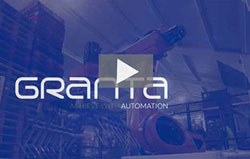
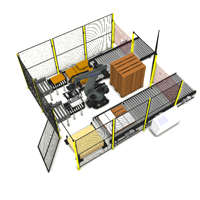
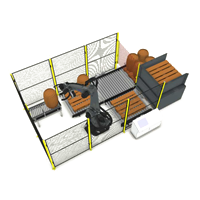
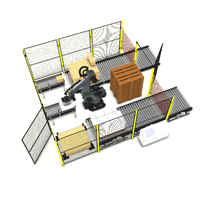
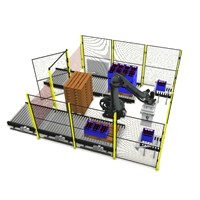
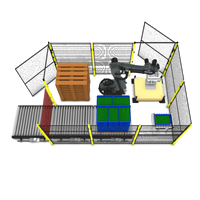
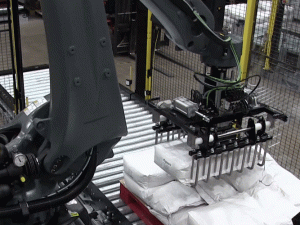 Every day in the UK there are millions of pallets being stacked with a wide variety of products. Estimates suggest that as much as 50-60% of this process is undertaken by hand. This is yet another reflection of how far behind the UK currently is in terms of adopting automation and robotics, and in many cases people are unaware of the current technologies available that could add tangible benefits to their business.
Every day in the UK there are millions of pallets being stacked with a wide variety of products. Estimates suggest that as much as 50-60% of this process is undertaken by hand. This is yet another reflection of how far behind the UK currently is in terms of adopting automation and robotics, and in many cases people are unaware of the current technologies available that could add tangible benefits to their business.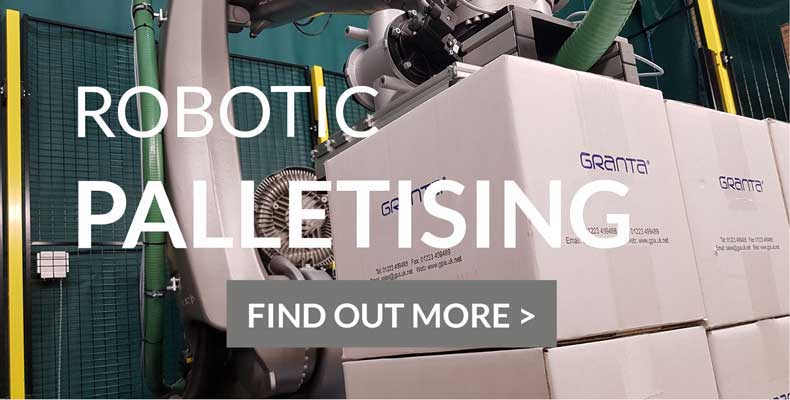
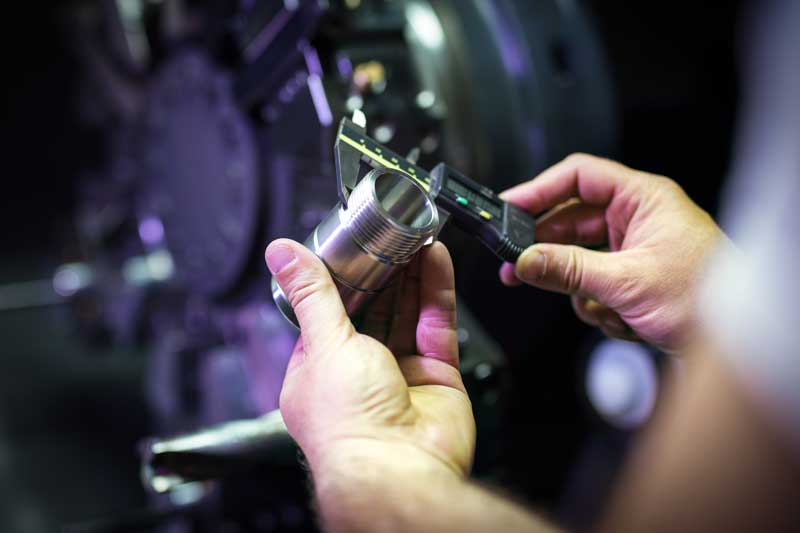 Quality control in a manufacturing environment is one of the most vital areas of the production process and its value can never be underestimated. Manually inspecting products is still a popular choice for many companies today and while it has some advantages, the downsides can prove to be hugely problematic.
Quality control in a manufacturing environment is one of the most vital areas of the production process and its value can never be underestimated. Manually inspecting products is still a popular choice for many companies today and while it has some advantages, the downsides can prove to be hugely problematic.